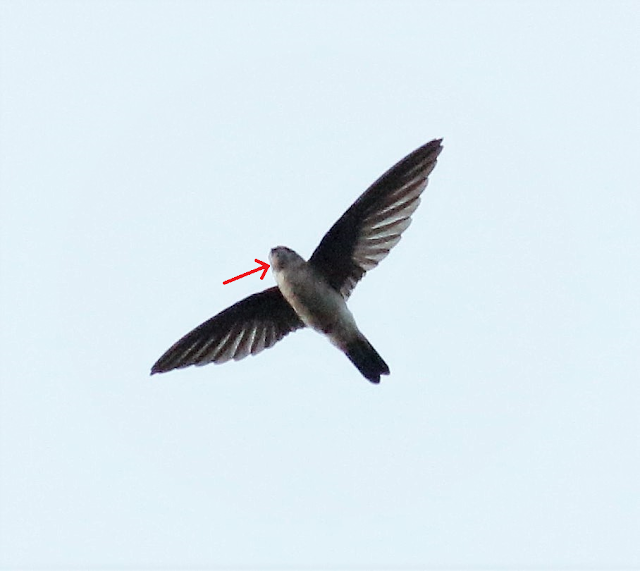Introduction
The study of natural history or life sciences unlike Engineering or IoTs courses involves many hours in the field. Some even took years like Alfred Russel Wallace before they can really understand Natures' behavior. The good thing about this (i.e spending your free time with Nature) is that you can understand or discover some moments which your books, field guides, teachers or sifus will not be able to tell you. Recently i came across what i believe was a very peculiar feeding behavior of some 'Aerodramus Swiflets' or locally named 'Burung Layang Layang' or 'Burung Walit' in Indon.
The study of natural history or life sciences unlike Engineering or IoTs courses involves many hours in the field. Some even took years like Alfred Russel Wallace before they can really understand Natures' behavior. The good thing about this (i.e spending your free time with Nature) is that you can understand or discover some moments which your books, field guides, teachers or sifus will not be able to tell you. Recently i came across what i believe was a very peculiar feeding behavior of some 'Aerodramus Swiflets' or locally named 'Burung Layang Layang' or 'Burung Walit' in Indon.
Observation
According to the field guides, there are several "Aerodramus Swiflets" which can be found in this region. From the common Germain's Swiflets and 'Edible-Nest Swiflets' to the less common 'Himalayan Swiflet'. While on a casual birding trip (up North) in December 2016, i came across some swiflets flying over head. While taking some photos of them i noticed one photo which appears kinda different from the rest. Have a look below:
 |
| Image 1: 9.02am |
You may have also probably seen or photographed a swift with a bulge at its throat area like the one above. I have also read comments from birders who thought that it could be some kind of a "growth" (a diseased bird !). Initially i have the same thoughts but after seeing a few other swiftlets having similar features, it aroused my curiosity to investigate further. I went on to snap a few more photographs of the swiflets to compare their images. The result of the comparison produced some astonishing discoveries ! Have a look at the photos below of other swiftlets with similar feature which were taken at different intervals on the same day of observation:
 |
| Image 2: 9.19am |
 |
| Image 3: 9.42am |
 |
| Image 4: 9.48am |
 |
| Image 5: 9.50am |
 |
| Image 6: 9.54am |
 |
| Image 7: 10.02am |
Discussion
All the above photos depict different individuals. Most of them have some bulging throat except the birds in image 6 and 7 while the bird in image 4 has the largest bulge. They were all seen flying just above some secondary jungle behind a housing estate in Kedah, West Peninsular Malaysia. You may have also noticed that there were different sizes of bulge which appears smaller in the later morning as shown in image 6 and 7. Most of the swiflets have dispersed from the sky by 11.00am. This incidental discovery have raised the following questions that needed further investigation:
i) Did these swiftlets intentionally kept their food inside their throat while slowly devouring them in flight?
ii) Did they kept their food inside their throat so that they can bring it back to feed their fledgling in the nest?
iii) Was this phenomenon universal or was it just a one-off event?
Summary
Image 8: a swift having its meal (a butterfly) in flight
From the above observation, there is no doubt that these swiflets are not diseased birds. As swiflets were known as insectivorous and consumed their meal in flight, there is a high possibility that these swiftlets might have kept their food in their throat. The smaller size bulge towards the later morning could be due to the lack of airborne insects as the day gets hotter or they may have consumed them. So far i have not been able to find any accounts and literature discussing such behavior in the internet todate. Could this be a new discovery which may one day prove a valuable data of a scientific significance? Only time will tell ! I hope more birders can report their findings (if any) so that this observation can be further validated.
....until then 'HAPPY BIRDING' !
Note: finally i found some info on the above feeding behavior which vindicated my observation and answered all the above questions. Here is the info taken from RSPB website:
"As the bird is hunting, insects are collected in the back of the throat in a special food pouch and bound together with saliva into a ball called a bolus, which is periodically eaten or taken to the nest. These food balls can contain thousands of insects"
Amazing !





No comments:
Post a Comment